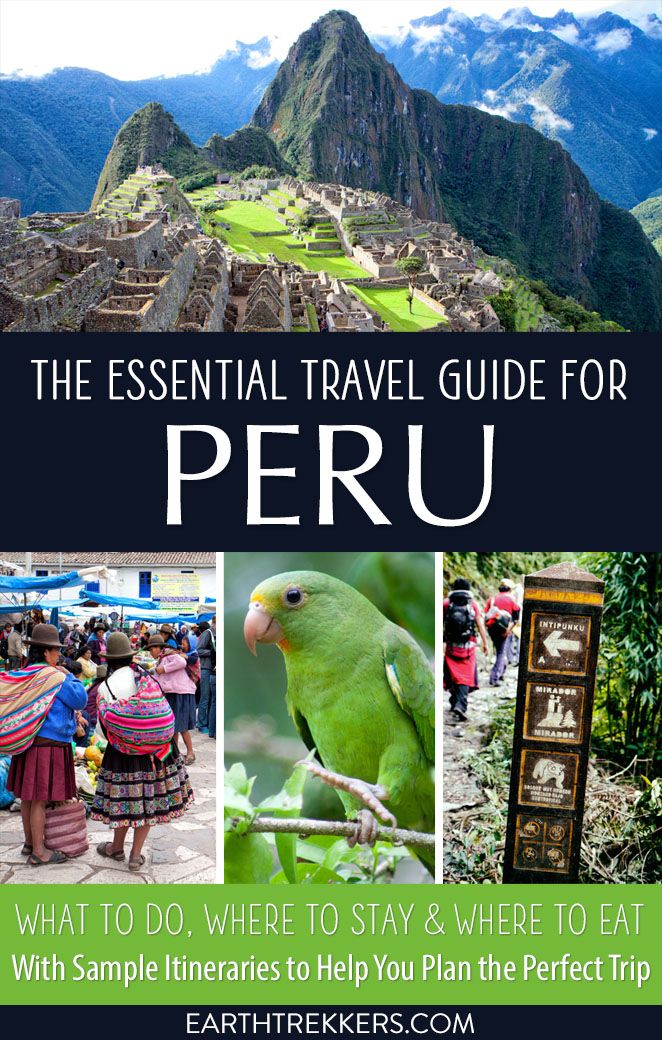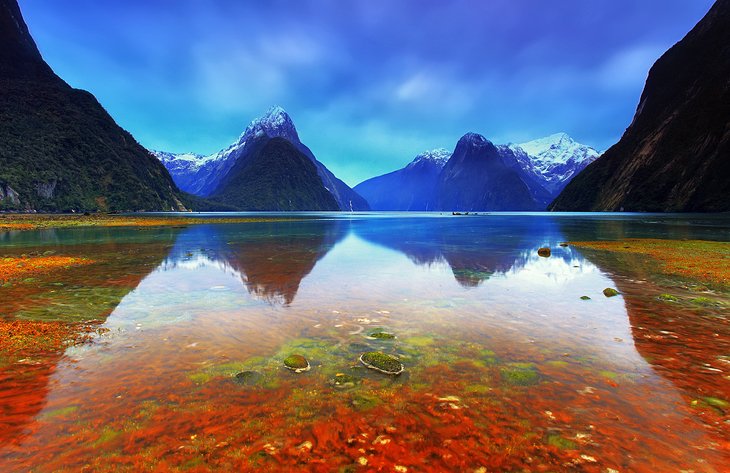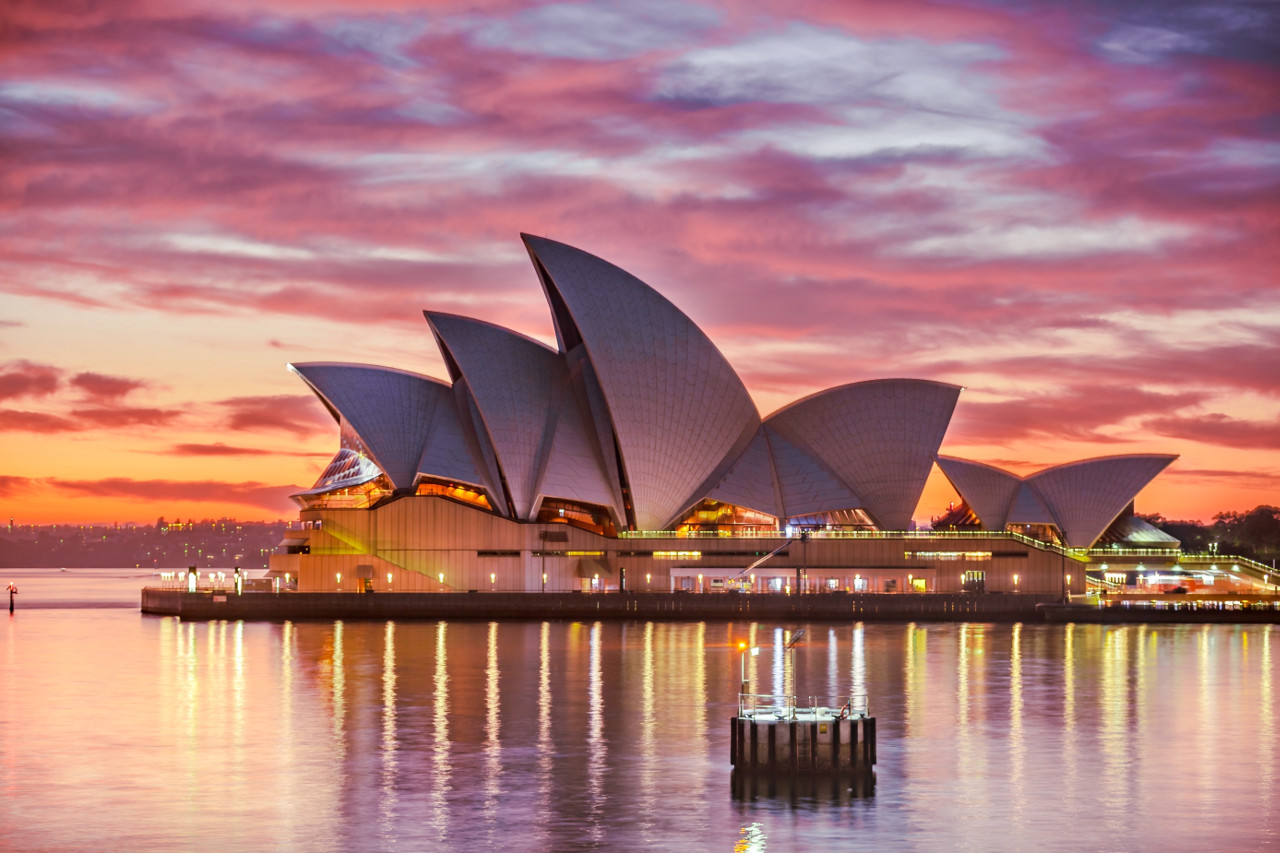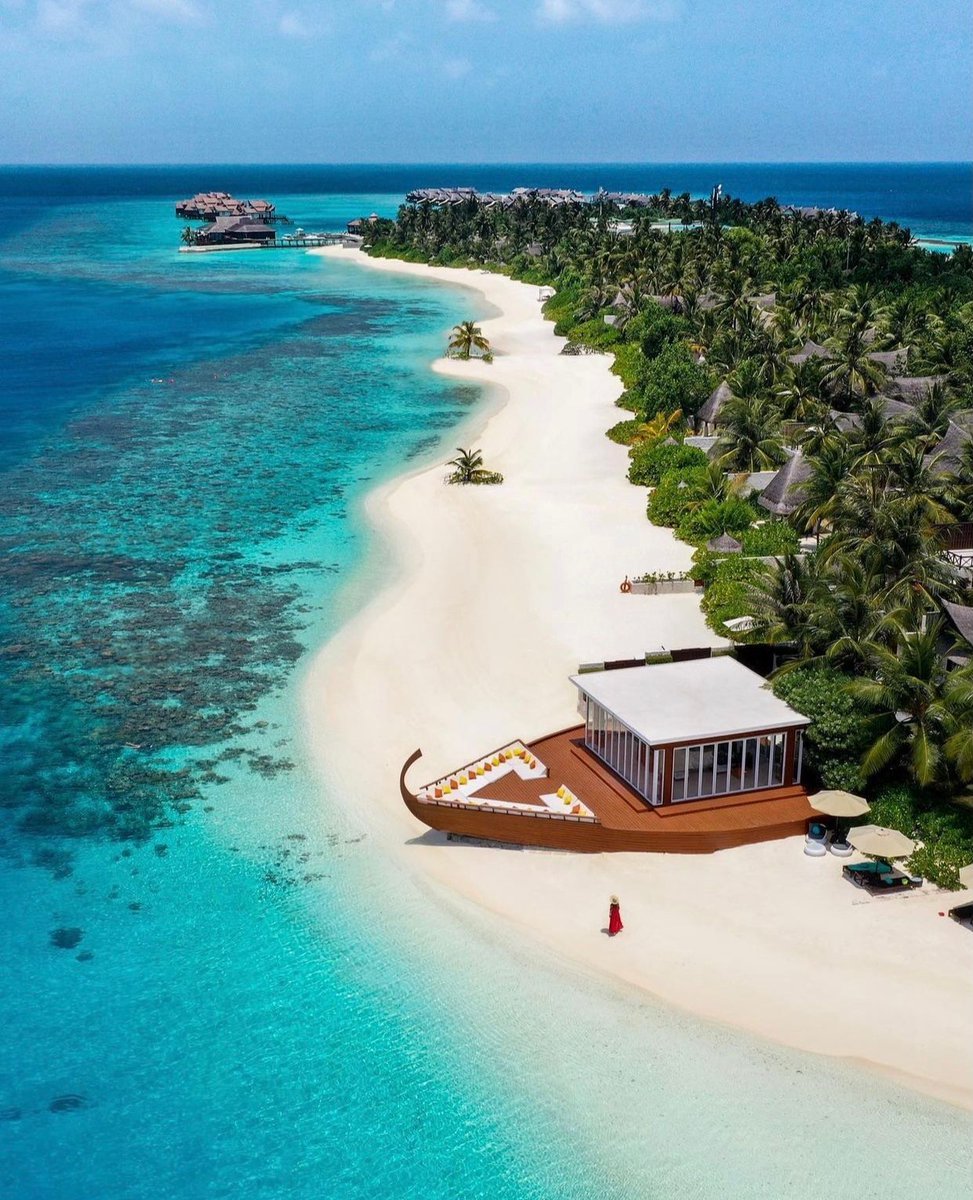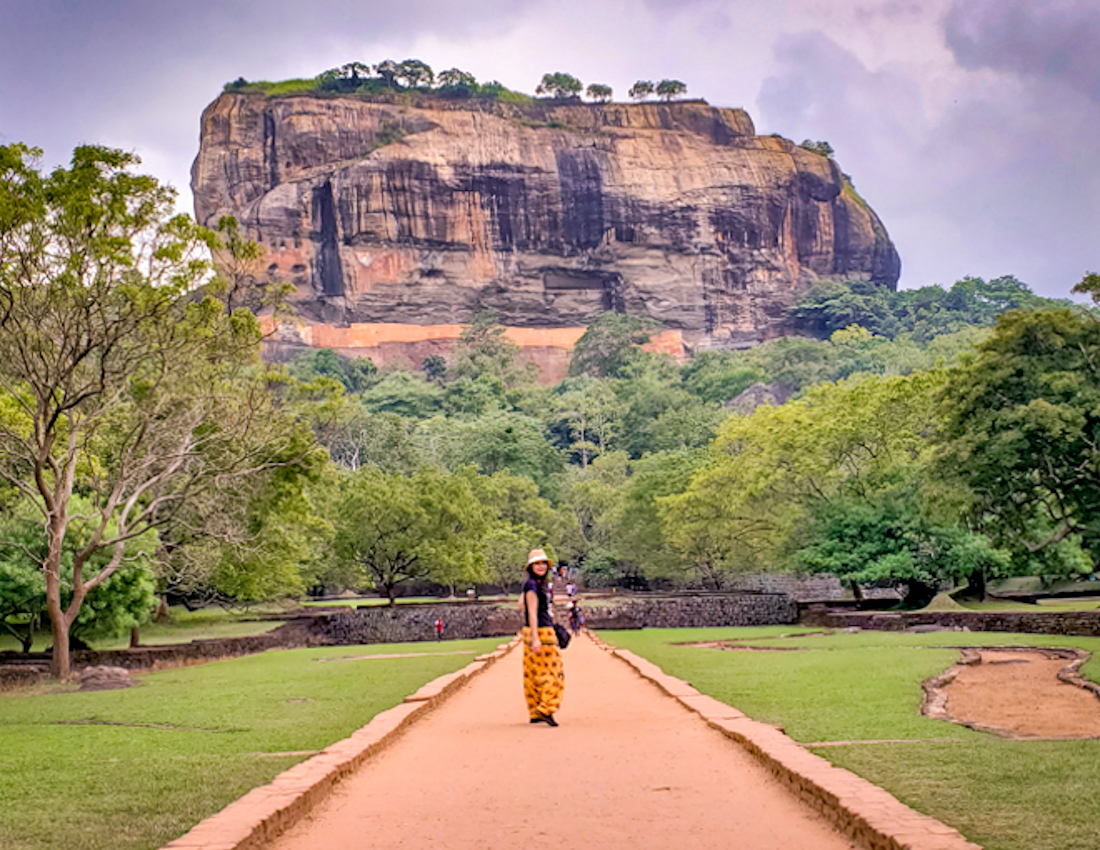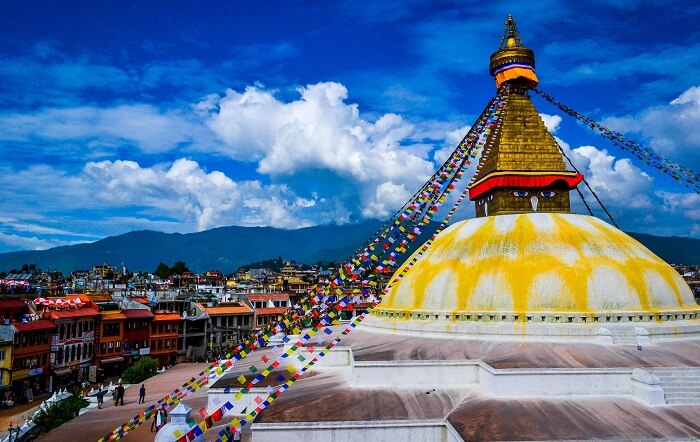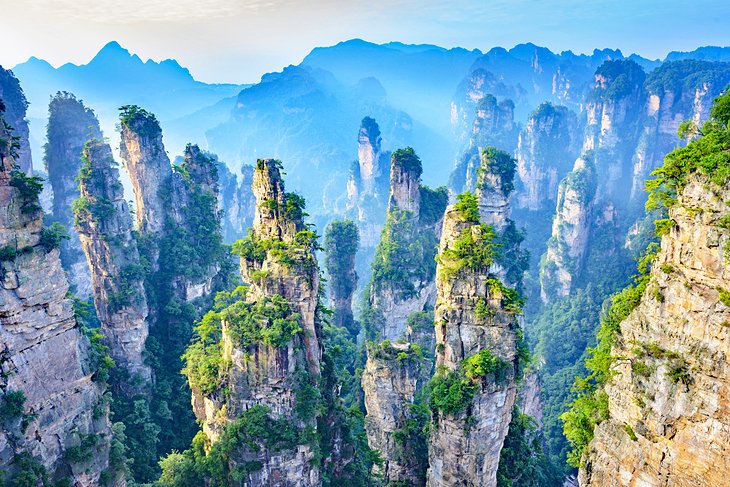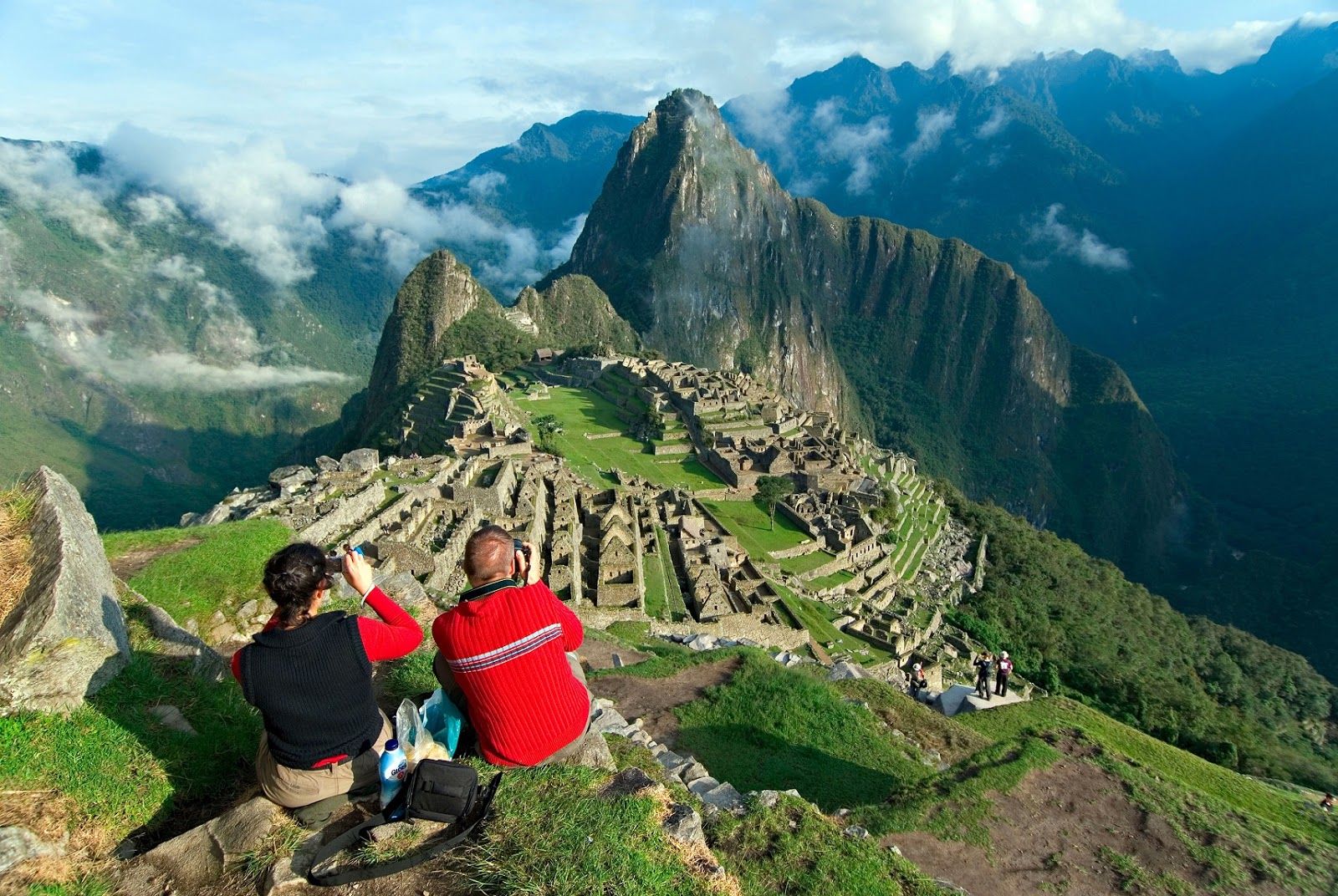
Peru, a land where the whispers of ancient civilizations mingle with the vibrant pulse of modern life, beckons travelers with an intoxicating blend of history, breathtaking landscapes, and rich cultural experiences. From the mystical heights of Machu Picchu to the bustling markets of Cusco and the enigmatic Nazca Lines, Peru offers a journey that will stir the soul and leave an indelible mark on your memory. This comprehensive travel guide will equip you with everything you need to embark on an unforgettable adventure in this South American gem.
A Tapestry Woven Through Time: A Glimpse into Peru’s History
Peru’s history is a grand narrative, stretching back millennia and marked by remarkable achievements and profound transformations. The Norte Chico civilization, flourishing over 5,000 years ago, stands as one of the oldest in the Americas, laying the foundation for complex societies. This era paved the way for the rise of the Inca Empire, the largest empire in pre-Columbian America. From their capital in Cusco, the Incas built an astonishing network of roads, impressive architectural marvels, and a sophisticated social structure. Their legacy is most famously embodied in Machu Picchu, the "Lost City of the Incas," a testament to their engineering prowess and spiritual connection to the land.
Related Articles about Peru: A Journey Through Ancient Empires, Majestic Peaks, and Vibrant Cultures:
- India: A Tapestry of Wonders – Unveiling the Best Tourist Attractions
- Germany: A Journey Through History, Culture, and Fairytale Landscapes
- Hungary: A Tapestry of History, Beauty, and Unforgettable Experiences
- The Grand Tapestry of America: A Journey Through Its Top Experiences
- Switzerland: A Journey Through Alpine Majesty and Urban Charm
The arrival of the Spanish conquistadors in the 16th century marked a dramatic turning point. Led by Francisco Pizarro, the Spanish conquered the Inca Empire, ushering in the colonial era. Lima, the "City of Kings," was founded and became the viceregal capital, a center of power and culture. Colonial architecture, characterized by grand plazas, ornate churches, and imposing mansions, still adorns many Peruvian cities, offering a tangible link to this period.
The struggle for independence in the early 19th century saw Peru emerge as a sovereign nation. The 20th century brought periods of political instability and economic challenges, but also a resurgence of interest in Peru’s rich heritage and a burgeoning tourism industry. Today, Peru embraces its multifaceted history, celebrating its indigenous roots alongside its colonial past, creating a unique and captivating cultural mosaic.
Unveiling Peru’s Treasures: Main Attractions
Peru’s allure lies in its diverse attractions, catering to every kind of traveler. Here are some of the must-see destinations:
-
Machu Picchu: The undisputed crown jewel of Peru, this UNESCO World Heritage site is an awe-inspiring Inca citadel perched high in the Andes. Its enigmatic stone structures, intricate terraces, and breathtaking panoramic views are a testament to human ingenuity and a spiritual sanctuary. Reaching Machu Picchu is an adventure in itself, often involving a scenic train ride from Ollantaytambo or Cusco, or a challenging trek along the Inca Trail.
-
Cusco: Once the vibrant capital of the Inca Empire, Cusco is a city that pulsates with history and charm. Its cobblestone streets are lined with a fascinating blend of Inca foundations and Spanish colonial architecture. Explore the Plaza de Armas, visit the impressive Qorikancha (Temple of the Sun), and wander through the San Blas artisan quarter. Cusco also serves as the gateway to Machu Picchu and the Sacred Valley.
-
The Sacred Valley of the Incas: Nestled between Cusco and Machu Picchu, the Sacred Valley is a verdant and fertile region dotted with ancient Inca ruins, traditional villages, and vibrant markets. Key highlights include:
- Ollantaytambo: A remarkably preserved Inca fortress and town, boasting impressive agricultural terraces and a magnificent temple.
- Pisac: Famous for its sprawling Inca ruins and its lively Sunday market, where you can find an array of handicrafts, textiles, and local produce.
- Maras Salt Mines: Thousands of salt pans cascading down a hillside, a unique and visually stunning sight, still harvested using ancient methods.
- Moray: Circular agricultural terraces believed to have been an Inca experimental agricultural laboratory.
-
Lima: The bustling capital city, Lima, is a fascinating juxtaposition of colonial grandeur and modern dynamism.
- Historic Centre: A UNESCO World Heritage site, featuring the Plaza Mayor, the Metropolitan Cathedral, and the San Francisco Convent with its eerie catacombs.
- Miraflores: A modern district known for its cliffside parks, ocean views, and vibrant culinary scene.
- Barranco: Lima’s bohemian district, filled with art galleries, trendy cafes, and colorful colonial mansions.
- Museo Larco: Home to an extensive collection of pre-Columbian art and artifacts, offering a deep dive into Peru’s ancient past.
-
Arequipa and the Colca Canyon: Known as the "White City" due to its stunning colonial architecture built from sillar (white volcanic rock), Arequipa is a beautiful city at the base of three volcanoes. A short distance away lies the Colca Canyon, one of the deepest canyons in the world, offering spectacular views and opportunities to spot Andean condors soaring on thermals.
-
The Nazca Lines: In the arid plains of southern Peru lie these enigmatic geoglyphs, colossal figures etched into the desert floor by the ancient Nazca culture. Best viewed from a plane, these lines depict animals, geometric shapes, and human figures, their purpose still debated by archaeologists.
-
Lake Titicaca: The highest navigable lake in the world, straddling the border between Peru and Bolivia, Lake Titicaca is steeped in Andean folklore and traditions. Visit the unique Uros Islands, floating islands made from reeds, and the islands of Taquile and Amantani, where traditional Quechua communities welcome visitors.
-
Amazon Rainforest (Iquitos/Puerto Maldonado): For a completely different experience, venture into the vast Amazon basin. Iquitos, accessible only by air or boat, is a gateway to the northern Amazon, while Puerto Maldonado offers access to the southern part, with lodges catering to wildlife enthusiasts eager to spot monkeys, sloths, caimans, and an astonishing array of birdlife.
Navigating Peru: Travel Tips for a Seamless Journey
To make the most of your Peruvian adventure, keep these practical tips in mind:
-
Altitude Sickness (Soroche): Many popular destinations, like Cusco and Machu Picchu, are at high altitudes. Acclimatize gradually, drink plenty of water, avoid alcohol and heavy meals on your first day, and consider chewing coca leaves or drinking coca tea, which are traditional remedies. Consult your doctor about altitude sickness medication if needed.
-
Currency: The official currency is the Peruvian Sol (PEN). US dollars are also widely accepted in tourist areas, but it’s advisable to carry some Soles for smaller purchases and local markets. ATMs are readily available in most cities.
-
Language: The official languages are Spanish and Quechua. While many people in the tourism industry speak English, learning a few basic Spanish phrases will greatly enhance your interactions.
-
Safety: Peru is generally a safe country for tourists, but it’s essential to exercise common sense. Be aware of your surroundings, especially in crowded areas, and avoid displaying expensive valuables. Keep your passport and important documents secure.
-
Health: Consult your doctor about necessary vaccinations before your trip. Drink bottled or purified water to avoid stomach issues.
-
Bargaining: In local markets, bargaining is expected. Be polite and respectful, and aim for a fair price for both parties.
-
Connectivity: Wi-Fi is widely available in hotels, cafes, and restaurants. You can also purchase a local SIM card for affordable mobile data.
-
Respect Local Customs: Peru is a country with deep-rooted traditions. Be respectful of local customs, dress modestly when visiting religious sites, and ask for permission before taking photographs of people.
The Golden Window: Best Time to Visit Peru
Peru’s diverse geography means its climate varies significantly. However, generally, the dry season, from May to October, is considered the best time to visit. During these months, the Andes experience sunny days with clear skies, ideal for exploring ancient ruins and enjoying stunning vistas.
-
May to October (Dry Season):
- Pros: Pleasant weather, especially in the highlands, with less rain. Ideal for trekking and outdoor activities.
- Cons: This is also the peak tourist season, meaning higher prices and larger crowds.
-
November to April (Wet Season):
- Pros: Fewer crowds and lower prices. The landscape is lush and green, especially in the Amazon.
- Cons: Frequent rainfall in the highlands can disrupt travel plans and make trekking more challenging. The Inca Trail may be closed in February for maintenance.
Specific considerations:
- Machu Picchu: Can be visited year-round, but the dry season offers the best experience.
- Amazon: The wet season (December to March) brings higher rivers, allowing for better boat exploration, while the dry season offers more accessible trails.
Rest and Recharge: Nearby Hotels
Peru offers a wide range of accommodation options to suit every budget and preference, from luxurious five-star hotels to charming boutique guesthouses and budget-friendly hostels.
In Cusco:
- Luxury: Belmond Palacio Nazarenas, Inkaterra La Casona.
- Mid-Range: Casa Andina Premium Cusco, Novotel Cusco.
- Budget: Pariwana Hostel, Wild Rover Hostel Cusco.
In Machu Picchu Pueblo (Aguas Calientes):
- Luxury: Inkaterra Machu Picchu Pueblo Hotel, Sumaq Machu Picchu Hotel.
- Mid-Range: El MaPi by Inkaterra, Casa Andina Standard Machu Picchu.
- Budget: Many basic hostels and guesthouses are available.
In Lima:
- Luxury: Belmond Miraflores Park, JW Marriott Hotel Lima.
- Mid-Range: Casa Andina Premium Miraflores, Tierra Viva Miraflores.
- Budget: Selina Miraflores, Pariwana Hostel Lima.
In Arequipa:
- Luxury: Casa Andina Premium Arequipa, Libertador Arequipa.
- Mid-Range: Sonesta Hotel Arequipa, Costa del Sol Wyndham Arequipa.
- Budget: Wild Rover Hostel Arequipa, La Hosteria.
Beyond the main cities, consider unique stays like:
- Amazon Lodges: Offering immersive rainforest experiences.
- Colca Canyon Lodges: Providing stunning views and easy access to the canyon.
- Sacred Valley Haciendas: Charming and historic estates.
A Culinary Adventure: Savoring Local Food
Peruvian cuisine is a vibrant fusion of indigenous ingredients, Spanish influences, and Asian culinary techniques, earning it a reputation as one of the world’s best. Prepare your taste buds for an explosion of flavors:
-
Ceviche: The national dish, made from fresh raw fish marinated in lime juice, onions, and chili peppers. A must-try, especially along the coast.
-
Lomo Saltado: A flavorful stir-fry of beef, onions, tomatoes, and fries, often served with rice. A delicious example of Chifa (Chinese-Peruvian) cuisine.
-
Aji de Gallina: Shredded chicken in a creamy, spicy sauce made with yellow chili peppers, walnuts, and bread. A comforting and iconic dish.
-
Rocoto Relleno: Stuffed spicy rocoto peppers, typically filled with minced meat, vegetables, and cheese, then baked. Arequipa’s specialty.
-
Cuy: Guinea pig, a traditional delicacy in the Andes, often roasted or fried. While not for everyone, it’s a significant part of Peruvian culinary heritage.
-
Anticuchos: Skewered and grilled beef hearts, a popular street food snack.
-
Pisco Sour: The national cocktail, a refreshing blend of pisco (a grape brandy), lime juice, egg white, and bitters.
-
Chicha Morada: A refreshing drink made from purple corn, pineapple, cinnamon, and cloves.
-
Quinua and Potatoes: Peru is the birthplace of quinoa and boasts an incredible variety of potatoes. These staples are found in countless dishes.
Don’t miss the opportunity to explore local markets like San Blas in Cusco or Surquillo in Lima for an authentic culinary immersion.
Seamless Journeys: Transportation Options in Peru
Getting around Peru can be an adventure in itself, with a variety of options catering to different budgets and travel styles:
-
Flights: For long distances between major cities like Lima, Cusco, Arequipa, and Iquitos, flying is the most efficient option. LATAM, Sky Airline, and Viva Air are common domestic carriers. Book in advance for better prices.
-
Buses: Peru has an extensive and generally reliable bus network. Companies like Cruz del Sur, Oltursa, and Civa offer comfortable long-distance journeys with various classes of service, including "cama" (bed) seats for overnight travel. This is often the most economical way to travel between cities.
-
Trains: The most iconic train journey is to Machu Picchu, with PeruRail and Inca Rail offering services from Ollantaytambo and Cusco. Other scenic train routes exist, such as the one to Puno from Cusco.
-
Taxis: Readily available in cities. Always agree on the fare before starting your journey or ensure the meter is used. For longer transfers, consider pre-booking a private car service.
-
Colectivos: Shared taxis or minivans that operate on fixed routes, particularly in rural areas. They are an affordable and local way to travel short distances.
-
Walking: The best way to explore the charming historic centers of cities like Cusco, Arequipa, and Lima’s Miraflores and Barranco districts.
-
Tours and Organized Trips: For specific attractions like Machu Picchu, the Inca Trail, or the Amazon, booking guided tours or organized trips often includes transportation and can simplify logistics.
Peru is a land of unparalleled beauty and profound history, promising an enriching and transformative travel experience. From the ancient mysteries of the Incas to the vibrant tapestry of its present-day culture, this South American nation invites you to embark on a journey of discovery that will leave you with memories to cherish for a lifetime. So pack your bags, open your mind, and get ready to be captivated by the magic of Peru.
